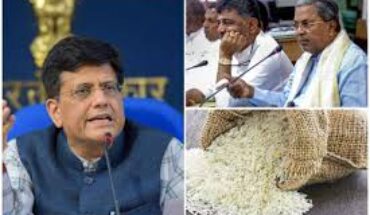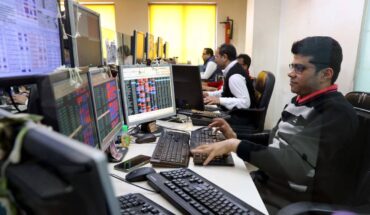The Monetary Policy Committee’s decision to leave interest rates unchanged and retain its “accommodative” policy stance, albeit with one member dissenting over the stance, shows a central bank frozen into inaction by the “Knightian” or unquantifiable uncertainty surrounding the pandemic-hit economy. In sticking with the status quo, the RBI’s policymakers have underscored that they find themselves trapped in a no man’s land. On the one hand, both the global and domestic economy have suffered a loss of momentum in the wake of the Omicron wave and prognosticating prospects for the recovery has become even more risky in the face of the uncertainty shrouding the pandemic. In India, private consumption, which is the mainstay of domestic demand, shows little signs of regaining traction. Add to the mix the persistent increase in international commodity prices, a surge in volatility in international financial markets and global supply bottlenecks, and the risks to the outlook are further heightened. The most telling manifestation of the RBI’s prognosis for growth is its forecast for GDP expansion in 2022-23 — a markedly lower 7.8 per cent when compared with the 8.0 per cent-8.5 per cent projection made in the Economic Survey. With the contact-intensive components of the services sector and private investment also becalmed, the central bank in fact expects growth in the next fiscal to sharply tail off over the course of the year: slowing from a 17.2 per cent expansion in Q1, to 4.5 per cent in Q4. Nor is there any respite on the price stability front, the RBI’s brave attempts at downplaying the risks notwithstanding. At a time when inflation is at multi-decadal highs in a number of countries, prompting several major central banks including the Federal Reserve in the U.S. to start normalising policy, there is a real danger of the RBI falling behind the curve.
Is RBI frozen into inaction due to uncertainties ?
Published Date: 12-02-2022 | 5:21 am





